With the fall of the Conte II government and with former ECB President Mario Draghi being entrusted by President of the Republic Sergio Mattarella with the task of forming a new government, speculation is also opening up about the potential new minister of cultural heritage. The Roman College at the moment seems to be excluded from most of the totoministri that are published in the press, partly because, despite the rhetoric surrounding cultural heritage, it is a ministry to which newspapers and public opinion usually reserve little consideration, and partly because rumors are chasing rumors of a reappointment of Dario Franceschini as holder of the dicastery (there are few ministers for whom a renewal is rumored, even if they are important ministries: Luciana Lamorgese at the interior and Lorenzo Guerini at defense, for example). The field, however, is open to all hypotheses. Certainly, for culture, the most recent memory of a technical government (which will presumably be the one formed by Mario Draghi, assuming that the consultations produce useful results: the conditional, at this stage, are all a must) is not a positive one: the culture minister of the last technical government seen in Italy (the Monti government, 2011-2013), Lorenzo Ornaghi, certainly did not make his mark, and he was not even from the sector.
The time between the fall of a government and the formation of a new council of ministers is a time for taking stock. The current minister of cultural heritage, Dario Franceschini, in the Conte II government was in his second term as holder of the Roman College: the first was from February 22, 2014 to June 1, 2018, under the Renzi and Gentiloni governments. The second term, on the other hand, began on September 5, 2019, after the interlude of Alberto Bonisoli, minister of culture in the yellow-green government. Franceschini is thus, to date, the longest-serving minister of culture in Republican history. On these pages he analyzed his first term, from A to Z, in the aftermath of his appointment under the yellow-red government. So let us now review what Franceschini has done in the past year and a half.
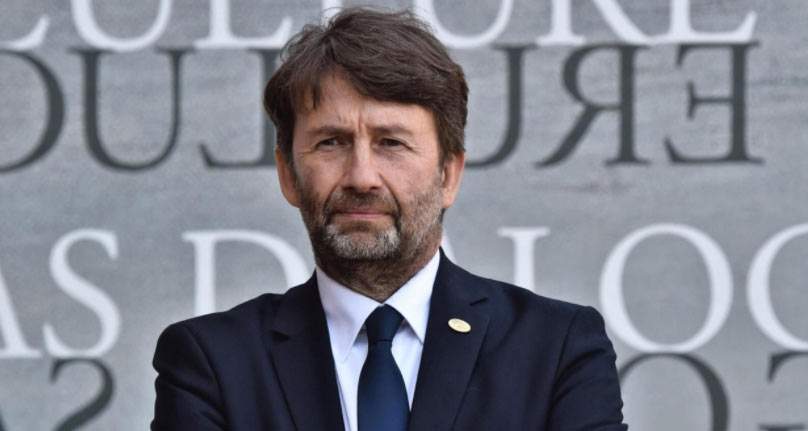 |
| Dario Franceschini |
Franceschini also did not spare the export freeze on works worth less than 13,500 euros, established in the summer of 2018 by Bonisoli and removed in September 2020 by Franceschini. And again, on the “valorization” front, Franceschini also restored free Sundays as they were before Bonisoli: one per month (the predecessor had instead suspended the initiative in the summer months, creating instead a “culture week”). In practice, of what Bonisoli did, the only relevant initiative left standing is the €2 admission to state museums for young people under 25.
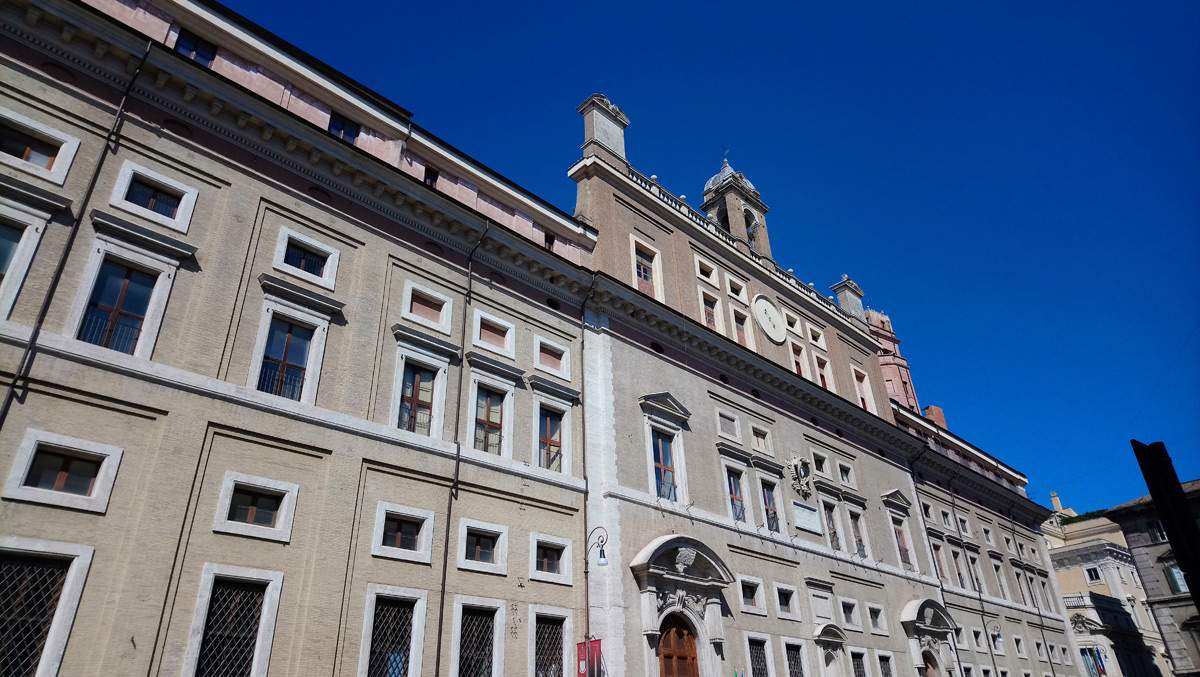 |
| The Collegio Romano, headquarters of the Ministry of Cultural Heritage. Ph. Credit Finestre Sull’Arte |
It is worth dwelling a little longer on the second Franceschini reform (by the first we refer to the one initiated in 2014 and then adjusted here and there throughout the first term). How was MiBACT reorganized? In January 2020, seven new autonomous museums were created, namely Palazzo Venezia and Vittoriano in Rome (here you can read a long interview with newly appointed director Edith Gabrielli, published just today, in which she takes stock of what the new institute, which due to pandemic has yet to reveal itself to the public, will look like), the Pinacoteca Nazionale in Bologna, the Museo Nazionale in Matera, the Palazzo Reale in Naples, the Museo Archeologico Nazionale in Cagliari the National Museum ofAbruzzo and the Archaeological Park of Sibari), and then again seven new superintendencies, the unprecedented Superintendency of the Sea with three branches (Taranto, Naples and Venice) intended for the protection of underwater heritage, the restoration of regional secretariats, the creation of the General Directorate of Contemporary Creativity (with competencies on contemporary art) and the General Directorate of Cultural Heritage Security.
The new reform also established the Central Institute for the Digitization of Cultural Heritage - Digital Library, which will be in charge of promoting programs for the digitization of cultural heritage. One of the most controversial points of the Franceschini I reform, namely the division of responsibilities over protection (which remained with the superintendencies) and enhancement (in charge of museums), was not touched at all. This division has produced vulnus that are still being felt today (for example, the activity of cataloguing finds from archaeological excavations has become more cumbersome, just to give an example), and this is without counting the superintendencies that are still living in serious difficulties (in this magazine we have documented the cases of Novara and Alexandria and Naples).
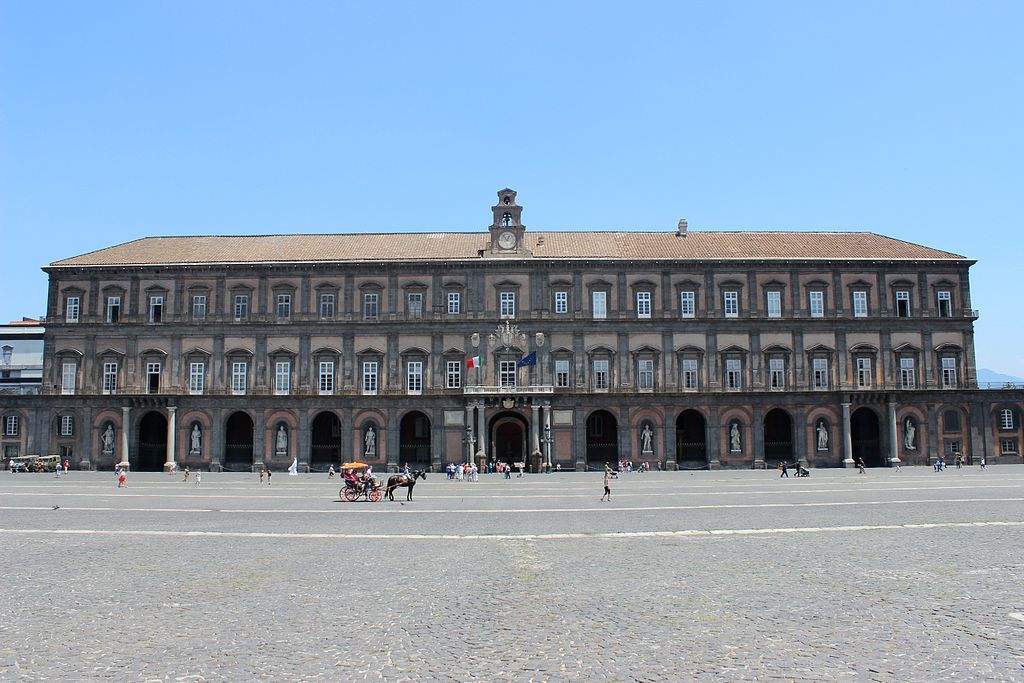 |
| Royal Palace, headquarters of the Superintendency of Naples. Ph. Credit Miguel Hermoso Cuesta |
In the corridors, one often hears Franceschini referred to as “minister of tourism” or “minister of entertainment,” precisely because over the past year and a half his actions as minister have focused primarily on these sectors. Tourism, in particular, has always been at the head of Franceschini’s priorities, as he has reiterated on several occasions, both before and after the Covid-19 pandemic. During a hearing in October 2019, he declared that his action would focus above all on diffuse tourism, that of minor places, of small villages scattered throughout the territory. But not only that: the ministry’s line was to multiply international tourist attractions. One of the first moves in this direction was the launch of a campaign to enhance little-known cultural places, the effectiveness of which unfortunately could not be appreciated as it was launched only a couple of months before the outbreak of the pandemic.
That Franceschini, however, wants to focus on diffuse tourism and tourism with spending power is also evident from his statements when the pandemic was underway: “We need to enhance those places,” the minister said last summer at a Symbola foundation seminar, “that have the possibility of attracting cultured, intelligent and respectful tourism. I don’t think our perspective is to go back to the faults we had before. Of course, for our economy and for our tourism businesses we have to work together so that international tourism comes back as soon as possible, but we have to work to direct it toward an educated and sustainable tourism with spending capacity, respectful of natural beauty, and able to understand the fragility of the places it passes through. This is a tourism that Italy exactly needs, so invest in tangible and intangible heritage, protect it, enhance it and make it a source of growth.” And it is in this direction that the minister’s continued insistence onhigh-speed rail is pressing: according to Franceschini, in fact, widespread and cultured tourism can only be viable if it is supported by an adequate infrastructure network. What is lacking at the moment, however, seems to be a defined strategy, a planning: at the moment we have not gone much beyond declarations of intent, also complicit in the pandemic. We will see what happens in the coming months. Especially if the minister is reappointed.
Franceschini’s action has then focused a lot on the FUS, the Single Fund for Performing Arts, which has been refinanced several times and the subject of important transfers during the pandemic period. On the refinancing front, Franceschini must be credited with not having done little, at least for the performing arts, less so for the reopening of cinemas and theaters, which are still languishing with their doors closed and who knows when they will be able to welcome audiences again.
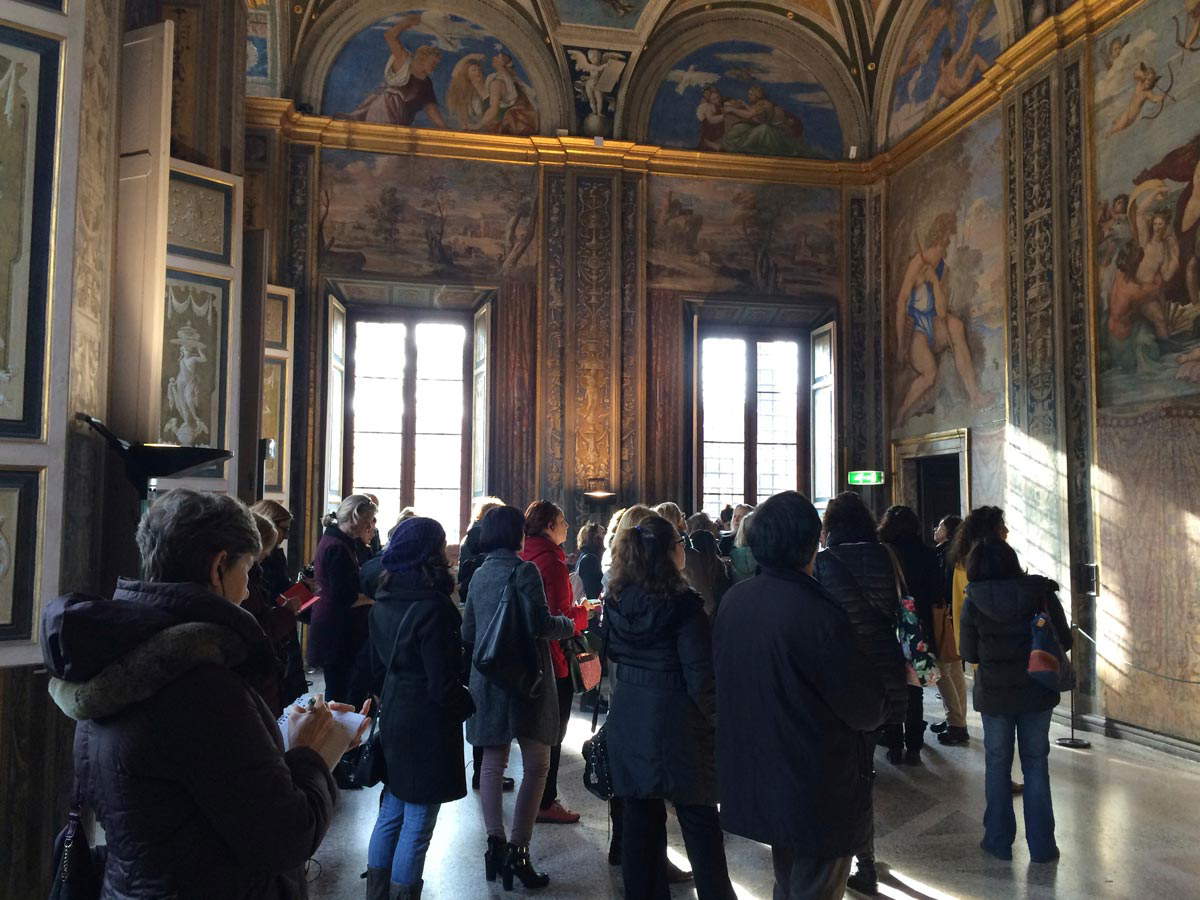 |
| Visitors to Rome’s Villa Farnesina in pre-Covid period |
One of Minister Franceschini’s “buzzwords” (especially in the pre-Covid period) is cultural diplomacy: the minister has never made a secret of the fact that he considers the works of art preserved in our museums useful objects for strengthening international relations, receiving much criticism from insiders for this (especially regarding the affair of the loans of Leonardo da Vinci ’s works for the great 2019 Louvre exhibition). On this point, again in the October 2019 hearing, the minister had specified that in any case “there is a threshold in front of which politics must stop and in front of which I will always stop: the scientific assessment on the transportability or not of this work that only experts can make (and we have many). In front of this opinion I will stop, even if there is an international report.” In the event that Italy invests in cultural diplomacy (“within which we are a superpower,” according to the minister), Franceschini had said when presenting the guidelines of his government’s action to the culture committees of the combined House and Senate, “this puts us in a position to strengthen all our diplomacy, all our international relations: no country in the world has our cultural strength and creativity behind it.”
It is not, of course, just a matter of lending works of art, but also of putting Italian expertise and excellence in the cultural heritage sector (we are the first in the world, of course) at the service of the international community. We are doing this successfully, for example, with the blue helmets of culture, an invention of the “Franceschini I” that continues to be deployed in missions around the world (the most recent for the earthquake in Croatia in early January). And then there is the front of restitutions and repatriations, one of the hottest issues on the cultural agenda of many European countries (the Netherlands, for example, has let it be known through its culture minister that it will consider returning objects from state collections to their countries of origin). In the latter field, Italy’s action has been very timid, both on the expenditure and on the revenue side (let us not forget that there are so many works that have illegally left Italy that are in foreign museums, and that have often been the subject of parliamentary questions). On this point within MiBACT there would also exist a Committee on Restitutions, which was convened a few times under Bonisoli, but has become incisive and almost irrelevant under Franceschini. It is true that for more than half of the new term the minister from Ferrara had other concerns (those of the pandemic), but now that fortunately we see light at the end of the tunnel it will be necessary to resume this discussion as well.
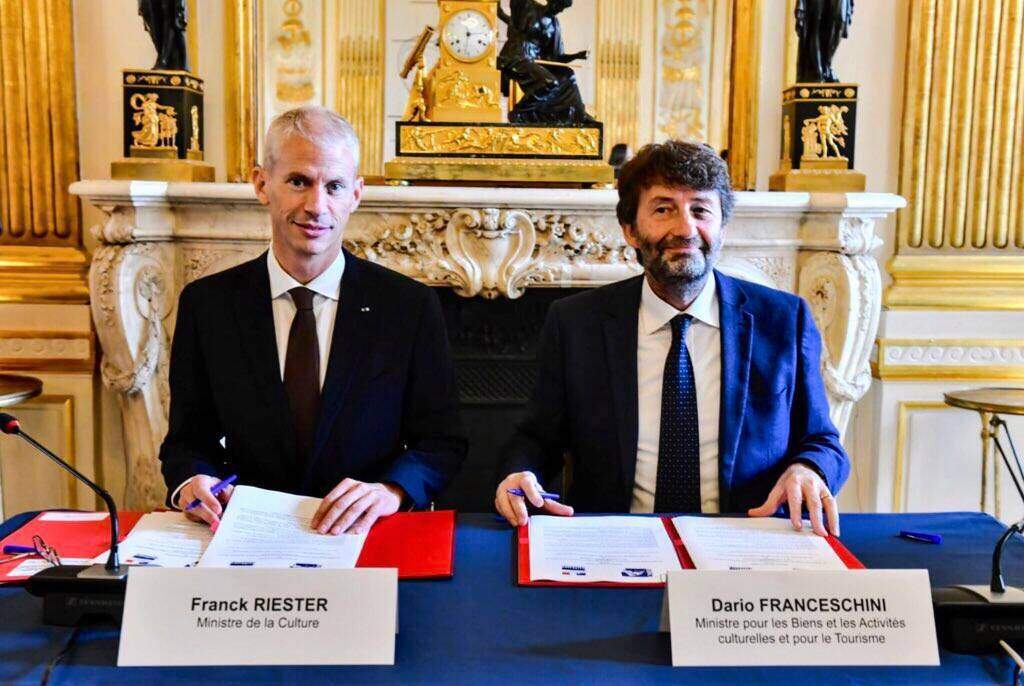 |
| Former French culture minister Franck Riester and Dario Franceschini at the signing of the agreement on Leonardo da Vinci and Raphael loans |
The management of the Covid-19 pandemic can be divided into three major chapters: the blockade of activities, aid, and Recovery Plan projects. In the second case, Franceschini worked all in all well, putting on the scales measures worth ten billion euros, a figure that is equivalent to five fiscal years of MiBACT’s budget. Numbers never seen before and which can only be explained by the exceptional nature of the situation. How was this very large amount of resources invested? Let’s summarize the main measures: extension of the redundancy fund for culture workers, tax relief for tourism businesses, strengthening of allowances, emergency and relief funds (for museums, for tourism and culture businesses, for tour guides, for travel agencies, for entertainment), suspension of mortgage repayments, non-repayable grants for stores in cities of art, suspension of TOSAP, course-competition for MiBACT technical management, funds to activate external collaborations to support superintendencies. As you can clearly see, these are mainly welfare measures, but to revitalize the country it will be necessary to get out of the logic of subsidies and invest heavily.
And on this front it will therefore be useful to present useful Recovery Plan projects. It must be said that so far culture has been hampered by quarrels within the government precisely over the Recovery Plan, and culture has been the sector that has borne the brunt of this, as we have also reconstructed on these pages. Impossible, therefore, to make a calm and thorough assessment at such a convoluted time: what is certain is that culture will have to focus a lot on the Recovery Plan because we will not tire of saying that it is a strategic sector for the country.
Finally, as for the chapter on the blocking of activities, in this case Franceschini, a proponent of the most rigorous line, has often shown himself to be a quitter, as when he announced, in two lines on Fabio Fazio’s show, that museums would close their doors (despite the fact that they turned out to be safe places). Much more could have been done on this front: museums, as essential services, should never have closed. There are museums in Spain that never closed in the second wave (we will explore this in more detail with a report shortly), and a similar line could have been held in Italy as well. Now the hope is to see when we can return, for museums, to normal programming, and for cinemas and theaters to reopening (since they are still closed).
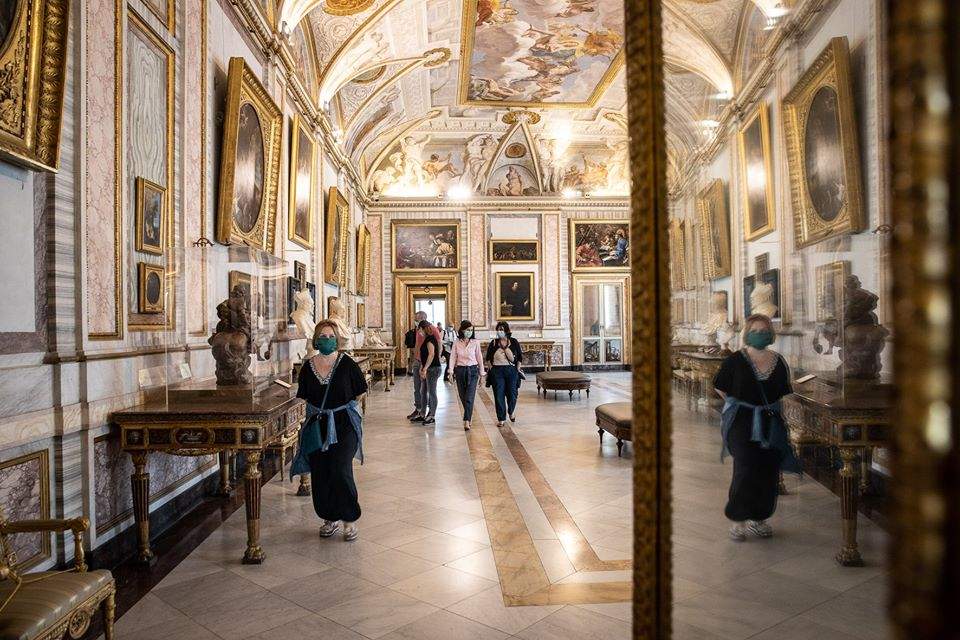 |
| Visitors to the Borghese Gallery on the day of reopening after the first wave, May 18, 2020 |
We delved into this topic, another of Franceschini 2’s strategic planks, with an interview that Finestre sull’Arte director Federico Giannini did of his own with the culture minister. Pandemic has spontaneously accelerated a process that was already underway, and many museums have invested in digitization, but it is not enough. In the interview just mentioned, Franceschini listed some of the things that need to be done: investing in training and personnel (whether hired on the strength of MiBACT or externally will be seen), targeting Next Generation EU funds (i.e., the so-called Recovery Plan), focusing on digital as a way to enhance the widespread heritage.
There is, however, one point that raises many doubts: it is ITsART, the so-called “Netflix of culture,” a project the minister has been thinking about since the first wave of the Covid-19 pandemic. Yet the doubts are many, well summarized by an article by Francesco Carignani di Novoli published in our magazine: the complete exclusion of Rai (when RaiPlay, a portal similar to the one that is in the minister’s intentions, already existed), the budget put in place (very small if ITsART will also have the goal of making original productions), the probable discontinuity of quality in case production is entrusted to the individual entities that will offer the content, the role of Chili. In short, perhaps it would have been better to focus on RaiPlay instead of starting a project on which many misgivings hang.
So much remains to be done. The thorniest problem is that of personnel: the competition for the 1.052 AFAVs (assistants to fruition, reception and supervision) that should bring new recruits to the ranks of MiBACT, but even if it were to be unblocked tomorrow and the procedures were to be finished in a few months, it would not be enough, because MiBACT suffers from enormous problems of under-organisation, complained of by the most varied spheres of MiBACT (we refer, for example, to the interview, which we published a few days ago to one of the most talented and capable directors we have in Italy, Stefano L’Occaso, director of the Doge’s Palace in Mantua, who stated how the problem is widespread and of general interest, and that it is likely that contracts for support to the security service, at least in the case of the Doge’s Palace, which suffers from a problem of severe shortage of janitors in relation to the vastness of the palace, will not be a solution or a bet for the future): a few days ago the problem was also denounced by 15 MiBACT officials, who sent an anonymous letter to the press, given the ministerial decree of Dec. 23, 2015, which prevents them from speaking to newspapers without the authorization of a manager.
So the first priority for the new culture minister will be tolaunch a major recruitment plan. And then, again: there will be figuring out how to invest Next Generation EU resources in culture, rethinking a new protection-valorization link, tackling the age-old knot of external services (last May, Franceschini assigned 5 million euros to Ales spa, the MiBACT’s in-house company, to take care of surveillance in museums: as it turns out, this cannot be the solution), also in light of the situation disrupted by the pandemic with many museums whose services are contracted out to private individuals (or which are managed in their entirety by private-law foundations) that have preferred not to reopen as economically unviable. So the new minister will also have to work to think about new governance models. And again, other issues that need to be addressed, some of which have already been mentioned: restitutions, the issue of large ships in Venice, and in-depth tourism planning that can relaunch Italy in the aftermath of the pandemic. These are but a few of the points that will be necessary and essential to address, whether a new figure goes to the Collegio Romano or in case Dario Franceschini is reappointed.
 |
| Mega review of Franceschini bis while waiting to meet the new minister of cultural heritage |
Warning: the translation into English of the original Italian article was created using automatic tools. We undertake to review all articles, but we do not guarantee the total absence of inaccuracies in the translation due to the program. You can find the original by clicking on the ITA button. If you find any mistake,please contact us.